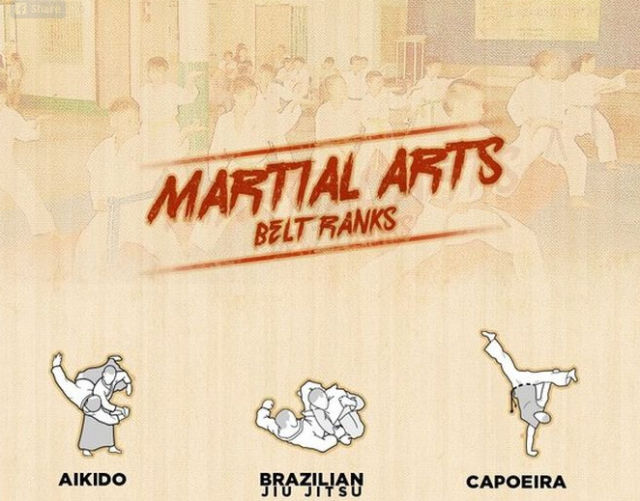Typical Martial Arts And Modern Combat Sports: A Detailed Overview Of Their Distinctive Distinctions
Typical Martial Arts And Modern Combat Sports: A Detailed Overview Of Their Distinctive Distinctions
Blog Article
Material By-Thuesen Burch
When you think about martial arts, do you lean more toward the traditional methods or the modern-day fight sporting activities? Each course supplies special benefits and experiences, formed by their viewpoints and training approaches. Traditional martial arts stress personal growth and technique, while modern combat sports focus on competition and efficiency. Understanding these differences can lead you in picking the right technique for your trip. Yet just how do these distinctions show up in training and ideology?
The Viewpoint and Background Behind Conventional Martial arts
While many individuals associate martial arts with physical combat, the approach and history behind traditional martial arts run much deeper. You'll locate that these techniques emphasize individual development, self-control, and regard.
Originating from ancient techniques, standard martial arts were typically created for Self-Defense and spiritual advancement. They personify principles such as equilibrium, harmony, and self-constraint, directing professionals beyond mere combating skills.
As you train, you'll not only find out methods yet likewise get understandings into the society and worths that formed these arts. The rituals and traditions, often given through generations, cultivate a sense of community and belonging.
The Competitive Nature of Modern Combat Sports
Modern combat sports have actually changed the landscape of martial arts right into an extremely competitive sector, where athletes face off in a test of skill, technique, and endurance.
You'll notice that competitors are typically organized with strict guidelines and laws, making sure fair game and security. These events attract huge audiences, sustaining the excitement and strength of matches.
Professional athletes educate rigorously, not just for physical expertise however also for psychological strength, understanding that every information counts in the ring. The adrenaline thrill during competitions is palpable, as fighters press their limitations to declare victory.
Fans value the athleticism and creativity entailed, making modern fight sports a thrilling spectacle that remains to advance and captivate enthusiasts around the world.
Training Methods and Strategies: A Relative Analysis
The affordable ambience of contemporary fight sports needs ingenious training approaches that differ dramatically from conventional martial arts.
In contemporary training, you'll concentrate on particular strategies, competing, and conditioning, frequently using drills that imitate actual fight scenarios. white martial arts actor 'll see a focus on measurable performance and regular competition to examine your abilities.
In contrast, conventional martial arts focus on forms, katas, and philosophical trainings, usually highlighting self-control and regard over competition.
Training is usually much less intense and might entail repetitive method instead of real-time sparring.
While both approaches develop ability and physical fitness, contemporary battle sporting activities supply a much more dynamic and adaptable training setting, preparing you for prompt challenges in the ring or cage.
Read A lot more that lines up with your goals and rate of interests.
Conclusion
In choosing between traditional martial arts and modern-day fight sports, it truly comes down to what you value a lot of. If you're seeking individual development, self-control, and a feeling of community, standard arts might be your finest fit. Yet if https://windsor.ctvnews.ca/windsor-essex-bjj-students-train-with-ufc-hall-of-famer-royce-gracie-1.6516973 prosper on competitors and real-time challenges, contemporary combat sporting activities could be the means to go. Inevitably, both courses offer special advantages, so it's everything about aligning your training with your individual goals and rate of interests.
